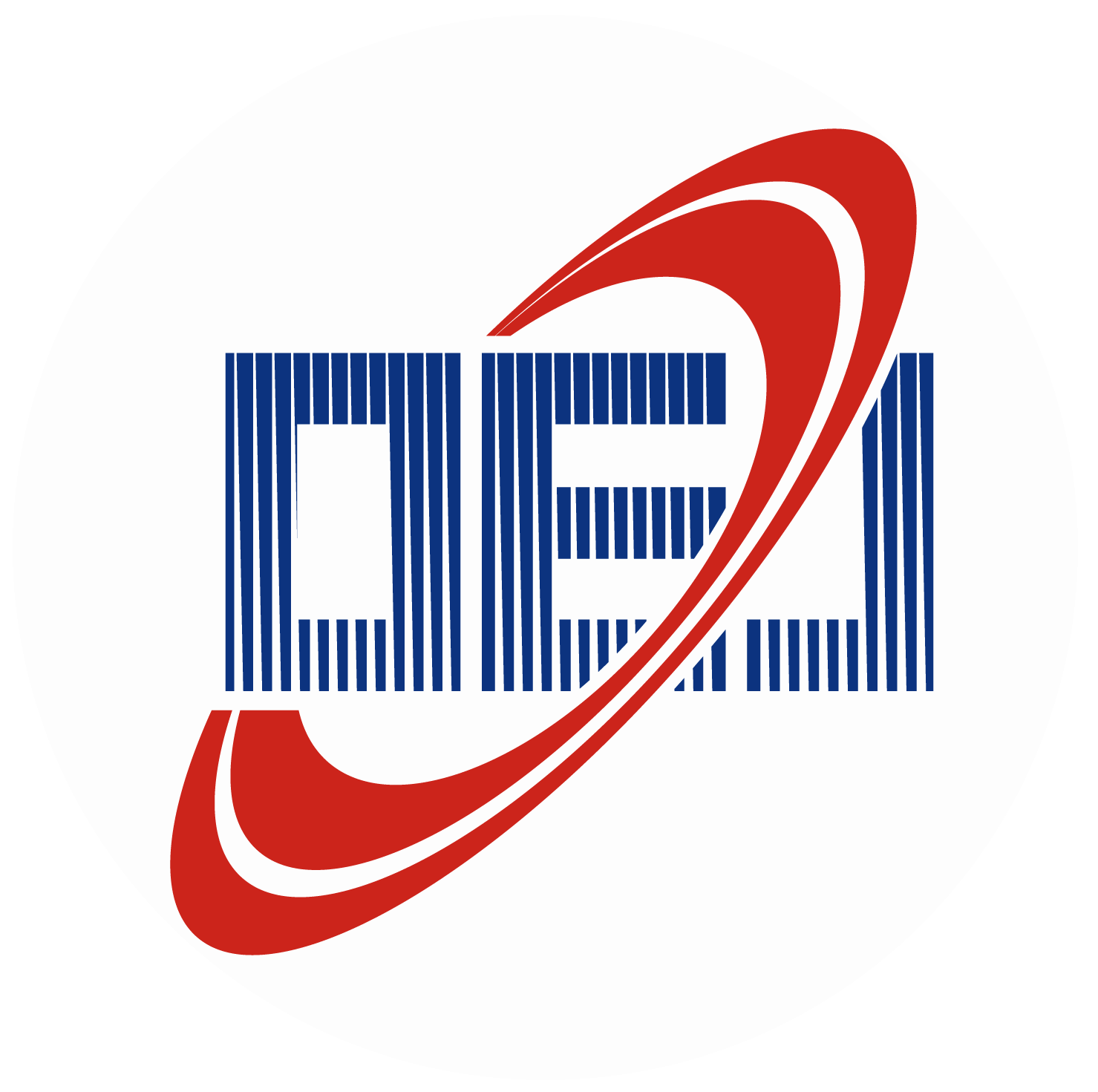-
Abstract
Strong coupling between resonantly matched surface plasmons of metals and excitons of quantum emitters results in the formation of new plasmon-exciton hybridized energy states. In plasmon-exciton strong coupling, plasmonic nanocavities play a significant role due to their ability to confine light in an ultrasmall volume. Additionally, two-dimensional transition metal dichalcogenides (TMDCs) have a significant exciton binding energy and remain stable at ambient conditions, making them an excellent alternative for investigating light-matter interactions. As a result, strong plasmon-exciton coupling has been reported by introducing a single metallic cavity. However, single nanoparticles have lower spatial confinement of electromagnetic fields and limited tunability to match the excitonic resonance. Here, we introduce the concept of catenary-shaped optical fields induced by plasmonic metamaterial cavities to scale the strength of plasmon-exciton coupling. The demonstrated plasmon modes of metallic metamaterial cavities offer high confinement and tunability and can match with the excitons of TMDCs to exhibit a strong coupling regime by tuning either the size of the cavity gap or thickness. The calculated Rabi splitting of Au-MoSe2 and Au-WSe2 heterostructures strongly depends on the catenary-like field enhancement induced by the Au cavity, resulting in room-temperature Rabi splitting ranging between 77.86 and 320 meV. These plasmonic metamaterial cavities can pave the way for manipulating excitons in TMDCs and operating active nanophotonic devices at ambient temperature. -



 E-mail Alert
E-mail Alert RSS
RSS


